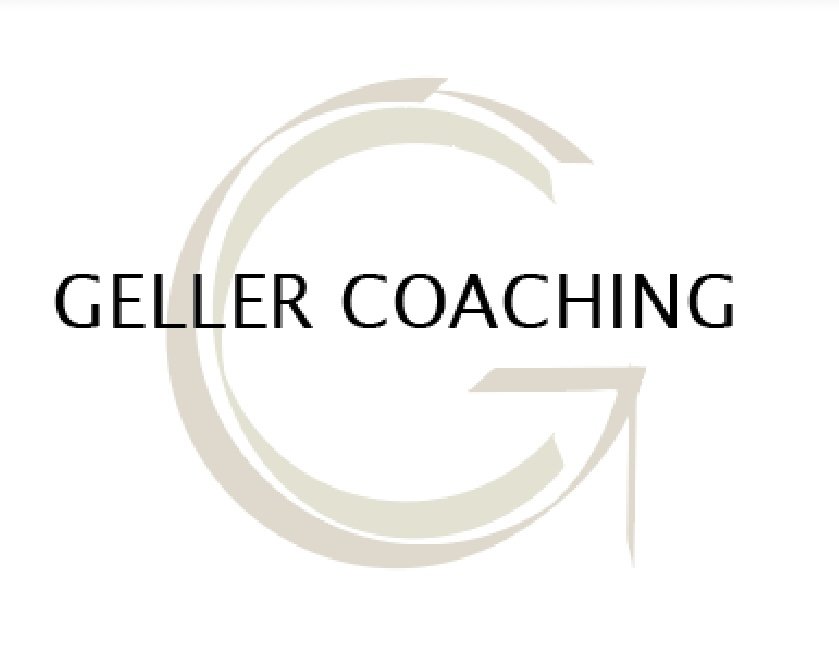Social Distancing without Loneliness
While social distancing definitely makes sense in order to slow the movement of this virus, there may be other consequences to follow. Loneliness. And because loneliness does take a real toll on the body, this can be an additional cause for concern.
This is the 3rd part of my 5-part blog series: COVID-19; How to Keep Calm & Carry On.
A series of blogs that will help overcome stress and anxiety, promote productivity (home-office), mindfulness, self-care and social distancing.
Follow this blog so you can have them all delivered to your inbox!
Research has shown that people who do not feel connected to others are more likely to catch a cold, experience depression, develop heart disease, have lower cognitive function and live a shorter life. And while we hope that this is a short-lived solution to slowing the virus, we do not know how long social distancing will be advised.
Is it important during COVID-19? Yes! Most do agree with that. It’s just appropriate for us to be aware of additional adversity that some will face during this time. Knowledge is power and can help us understand our own feelings, as well as what others may be experiencing.
We are all in this together…
Loneliness has been a problem long before COVID-19 appeared. As a matter of fact, according to a 2020 Cigna study found that 79% of Gen Zers, 71% of millennials an 50% of baby boomers reported feeling lonely, even without forced isolation. Even more of a challenge is that while isolation is still the right response to COVID-19, the epidemic of loneliness actually needs the opposite.
So how do we foster social well-being while also avoiding this virus?
Well, one way to stay connected is through technology and the many devices we have. But be clear that technology is often what we point to when looking for the reason so many feel lonely. It can be isolating. Yet recent research done at the Harvard Chan School of Public Health proposed that how you use such platforms on social media, seems to matter more than how much you do so.
If that is the case, then learning to use technology in socially healthy ways will help!
Connectedness is the Opposite of Isolation:
While we are limiting our experiences in person, we can use technology to access the next best thing through video chat. Facial cues, body language and other nonverbal forms of communication are important for bonding. We can easily choose face time rather than texting or calling, but there are ways to get creative as well. Consider creating a dinner party, happy hour or even a book club with everyone on video chat. Everyone will instantly feel connected!
Take the Extra Step:
Rather than scrolling through social media with fleeting hits of dopamine by liking posts, take time to really see what your friends are up to and then send them a direct message or email with a compliment or genuinely caring message. People are definitely struggling and with the idea of being alone, these struggles could get even worse. Yet with some simple words of kindness or outstretched hand in writing, you just may offer exactly what is needed.
Create Your Own Community:
The idea of connection is to find something in common, so how about using the social media to find an online community of people that share your passion about something. It’s a great way to not only stay connected but to make new friends from the confines of your home!
Reconnecting:
With time being forced upon us, we may feel joyful at first, then nervous, and pretty quickly…agitated. But with some different perspectives, something completely new and different could arise. Make a list of relationships you have with 10 people. Are there any that you just haven’t had time to catch up with? Maybe there are a few that have gone by the wayside for years. Pick up the phone, settle into a comfy chair and get reconnected with a video chat. It may be just what the doctor ordered.
The Coronavirus pandemic has reminded us that human connection can spread illness, yet human connection also promotes wellness! Remember to pause and breath…then get creative. Perhaps we can reframe social distancing and isolation by designing more meaningful relationships than we have ever had.


